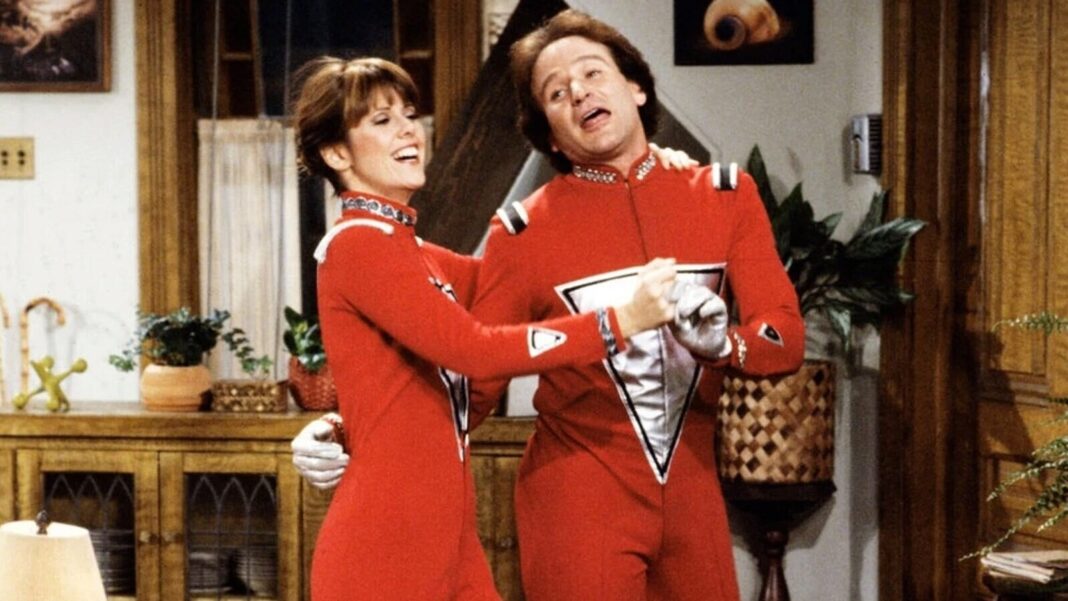If you’re a normal person, you’ve probably never given much thought to how your favorite series are filmed, but if you prefer to call yourself an “information connoisseur” where other people might say “huge nerd,” you might be familiar with the one-camera versus three-camera setup. One camera is usually used for prestige dramas that are shot more like movies because you can get fancier with the zooms and other effects. If it feels like you’re watching a movie, that’s a one-camera series.
Conversely, three cameras are better for capturing ensemble comedies that hinge on performers playing off each other, because it’s a lot harder to tell such a cast, “Okay, catch that lightning in a bottle again so we can shoot it from over here this time.” It’s also a lot faster and cheaper, so it’s synonymous with somewhat lower-brow sitcoms that don’t exactly have an HBO budget.
I Love Lucy is often credited with its invention, and while the truth is a bit more complicated, the show’s cinematographers were pretty much forced by Lucille Ball’s legendary performances to pioneer filming techniques and lighting arrangements that allowed her to move freely around the set on the fly.
Don’t Miss
Possibly the only other comedian who could match Ball’s freak, however, was also responsible for the addition of a secret fourth camera. Robin Williams’ electrifying performance as Mork From Ork on Happy Days was the whole reason Mork & Mindy existed, but it was also a cinematographic headache from the jump — literally. “He would run around the stage — you know, run around and do crazy things all the time,” Scott Marshall, creator Garry Marshall’s son, revealed in the 2018 documentary Robin Williams: Come Inside My Mind. “He would do something great, and my dad would go, ‘Did you get that? Did you get that?’ The cameraman said, ‘He didn’t come by here.’”
Marshall kept urging the cameramen, “You gotta capture this, he’s a genius!” until one finally responded, “If he’s such a genius, he can hit his mark,” which would be a fair complaint about anyone except Robin Williams, if only because the suitcase of cocaine in his system at any given time may very well have rendered him physically unable. In the end, Marshall had to add a fourth camera “just to follow Robin.”
It might have been obligatory in Williams’ case, but it turned out that an additional camera was really useful even for less chemically influenced performances. Today, most sitcoms are filmed with four cameras rather than three in a setup that’s now known as “multicamera,” so next time you don’t feel like doing part of your job, try insisting your brilliance can’t be constrained by such limitations. It’ll probably go just as well.
